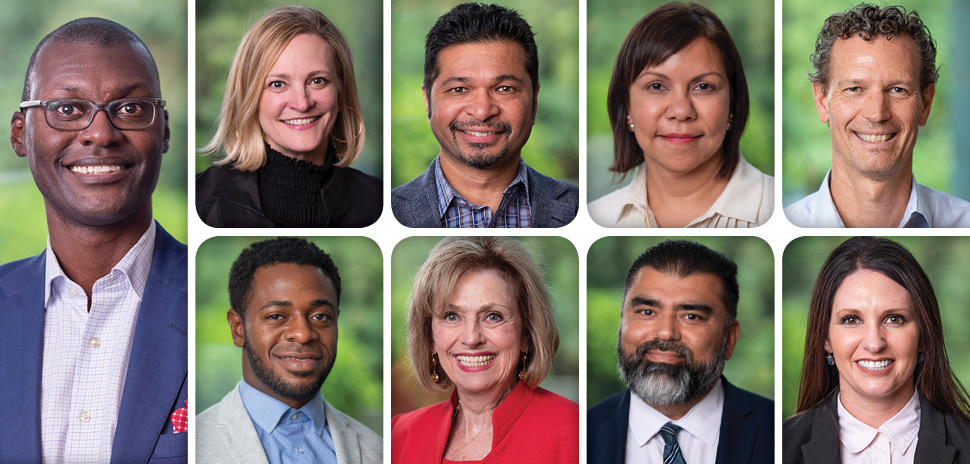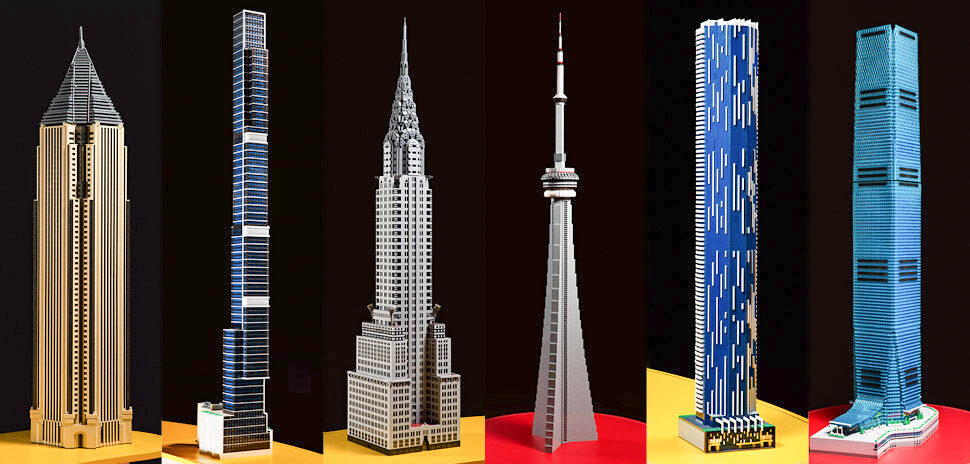![]()
Education matters to business, and a STEM, STEAM, and STREAM education is vital to building the future workforce. In Dallas Innovates’ first two installments of our “Learning Reinvented” roundtable, eight local experts weighed in with their collaborative ideas on the topic. Part One discussed the meaning of STEM beyond the traditional definition, and Part Two shared suggestions for how to implement a STEM mindset in the region.
But what does a community built on STEM actually look like—and what is it going to take to get there?
If there’s an “elephant in the room,” it might be what AT&T’s Sorabh Saxena sees as education’s “hard pivot” to the fun stuff. “We have to start by getting back to the core of science, technology, engineering, and math,” he says. But, what if those “fun” extracurriculars can incorporate STEM? Dallas ISD’s Oswaldo Alvarenga says there may be an opportunity to blend disciplines, something the district has done via its robotics teams.
“You can definitely be involved in sports, but why can’t it be a STEM sport?” he asks.
That could also help with keeping kids involved. As Dallas Country Community College District’s Dr. Jason Treadway points out, if we put a lot of effort into getting kids into STEM, we have to also focus on retention.
And, we need to keep developing a student’s “soft skills”—creativity, learning agility, problem-solving, inquisition, which are just as important as technology, Capital One’s Hilary Jackson notes.
A common theme was approaching STEM through a lens of equity. United Way’s Jennifer Sampson says those experiences have to be available to every kid, no matter what ZIP code they’re in. That’s going to be crucial as we move forward as a region.
“Let’s make sure that we’re very intentional about bringing into the conversation the communities that are usually left out,” Big Thought’s Byron Sanders says. If we want a truly diverse workforce, talkSTEM’s Dr. Koshi Dhingra says, all students have to be involved, from the very beginning.
And, she says, “In Dallas, the ingredients are here.”
That means it’s time to come together as a region, no matter the industry, to make STEM, STEAM, and STREAM matter, our leaders agree.
“There are so many ways that industry can contribute,” SMU’s Dr. Stephanie Knight says. “Don’t just write that check, get involved.”
It starts from within—it starts with people and businesses coming together to cultivate positive change. It is then that Dallas-Fort Worth can continue to become known as a global hub for innovation.
Read more in our final installment of the STEM, STEAM, STREAM: Learning Reinvented roundtable.
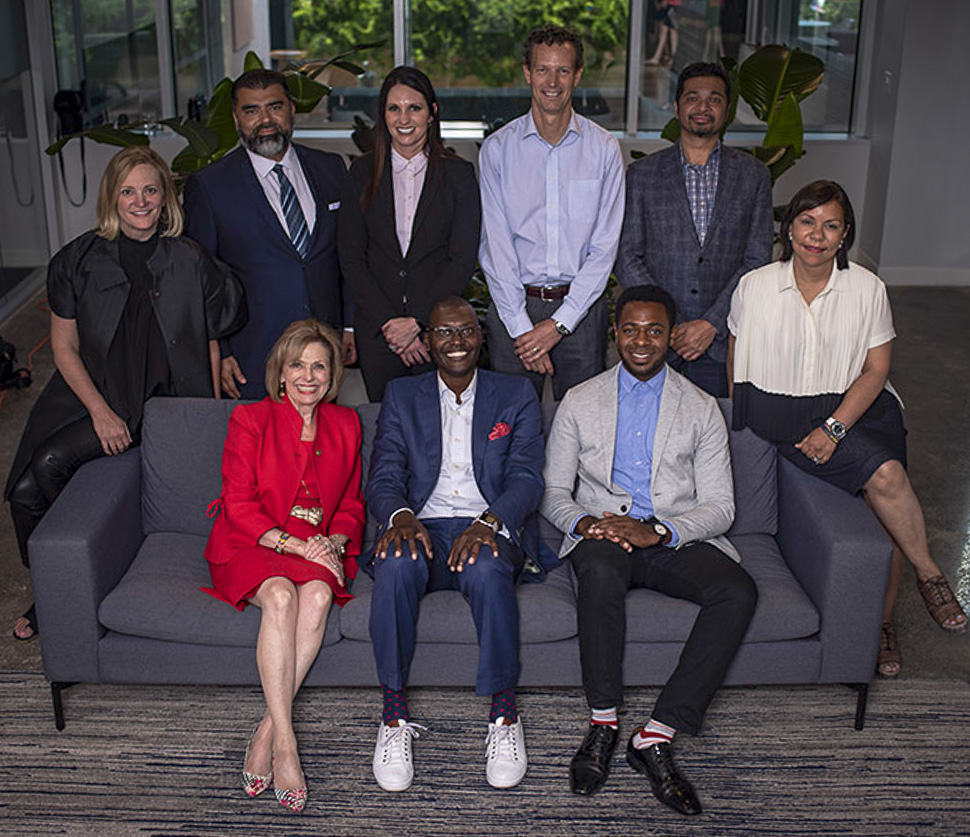
STEM, STEAM, STREAM stakeholders: (Front row, from left) Dr. Stephanie Knight, Drexell Owusu, and Byron Sanders. (Back row, from left) Jennifer Sampson, Oswaldo Alvarenga, Hilary Jackson, Dr. Jason Treadway, Sorabh Saxena, and Dr. Koshi Dhingra.
DREXELL OWUSU: Let’s talk about next steps in STEM, STEAM, and STREAM education. Is there something we didn’t talk about in our earlier conversation that we should have, or a topic we need to put on the table?
MEET THE EXPERTS
MODERATOR
DREXELL OWUSU
Senior Vice President,
Education & Workforce,
Dallas Regional ChamberTHE PANEL
OSWALDO ALVARENGA
Executive Director of STEM,
Dallas ISD
DR. KOSHI DHINGRA
Founder and Director,
talkSTEM
HILARY JACKSON
Vice President, Technology
Capital One Financial Services
DR. STEPHANIE KNIGHT
Leon Simmons Endowed Dean,
Professor, Teaching and Learning,
SMU Annette Caldwell Simmons
School of Education and Human Development
JENNIFER SAMPSON
President and CEO,
United Way of Metropolitan Dallas
BYRON SANDERS
President and CEO,
Big Thought
SORABH SAXENA
President, Global Operations & Services,
AT&T Business
DR. JASON TREADWAY
Director,
STEM Institute at DCCCD
JENNIFER SAMPSON: I’d like to address the digital divide. For some students, the time at school is the only time they actually get proximate to the ability to integrate their lives and figure out the workings of technology. Not having technology at home—or if there is, dealing with poor service—is a real challenge that we have to talk about.
There are so many extra hurdles that marginalized groups in our neighborhoods and communities have to go through to just interact with technology. They may have to spend an unreasonable amount of time at a public library for access, for example. We can’t really fix that without addressing some of the institutional barriers that a segregated society has brought us. That’s the biggest elephant in the room.
That’s why things like Dallas City of Learning matters.
(Editor’s note: Dallas City of Learning is a public-private partnership launched in 2015 “to ensure that all students have access to quality out-of-school time learning experiences that build social and emotional skills and increase academic achievement.” Lead partners in the partnership are the City of Dallas, Dallas Independent School District and Big Thought.)
We’re trying to take experiences to a kid, no matter what ZIP code they’re in. We want them to have access to things like CodeStream or the Mark Cuban Foundation Artificial Intelligence (AI) Bootcamp. If left to their own devices, those kids get very minimal access to technology outside of a traditional school setting.
SORABH SAXENA: To build on Byron’s point: It’s so essential to get to STEM. As for access and assisted learning, in many cases, it’s pretty much all-or-almost-nothing. Students who come from a well-to-do family, one where parents are vested in their student’s education: they’ve taken them to a good school, they’re taking them to coaching classes, they are surrounded by a great peer group—all of it becomes a flywheel in assisted learning. But when those things don’t happen, all of those are negative. So when that happens, to Byron’s point, [we] need to build on it.
We ought to recognize that early, and as a community—with absolutely no judgment involved—to help. We’ve got to take the judgment straight away from help. We need to tailor the help based upon economic levels and whatever obstruction that a kid is facing. Because that’s the future of our society: the kids.
There’s another elephant in the room we haven’t talked about, in my opinion at least: I think we have pivoted too hard to fun stuff. Our switch to sports is so incredible that it’s taking away from the core focus on hard success.
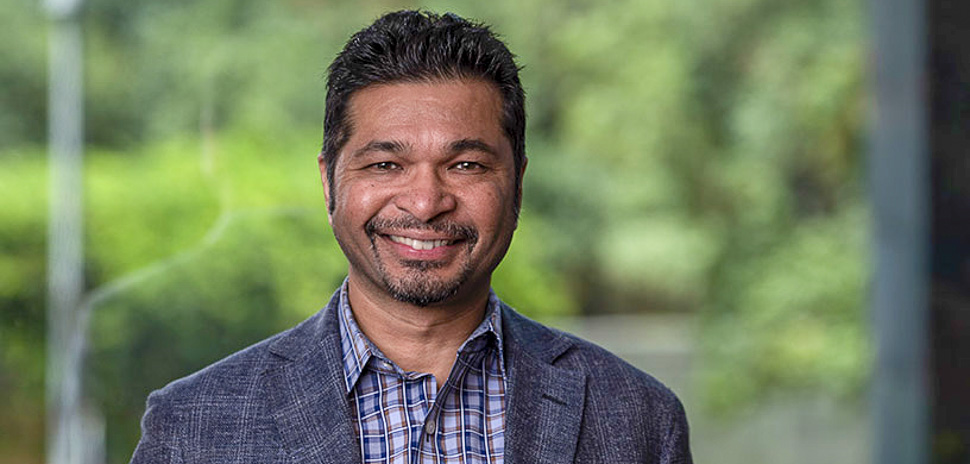
Sorabh Saxena
OWUSU: Extracurricular.
SAXENA: Yes. We’ve got to bring the focus back to the core.
OSWALDO ALVARENGA: Here’s the thing: We do know that we need extracurriculars, but maybe it could look different. We know our students have to be involved after school. They have to be involved on Saturdays, and involved in summer school. Here’s one example of what we’re doing in Dallas ISD. We have what’s called “CS For All,” which is Computer Science for All. We like to call it “CS for Dallas,” Computer Science for Dallas. We started doing computer science during the school day, rather than as an extra. As an extra, we wouldn’t know who was going to attend. Four years ago, we started one pilot campus. Then it grew to 13. Last year, it was 80. This upcoming year, it will be in 150 elementary schools.
So if you go to a Dallas ISD elementary school, you will get computer science in pre-K through fifth grade during the school day. The computer science—the computational thinking—led to our robotics team. The robotics teams didn’t come first. Our robotics teams grew from 1 to 8 to 30 to 150. Last I counted, we now have more than 250 teams over 9 leagues in the district. They compete at all different levels. So you can definitely be involved in sports, but why can’t it be a STEM sport?
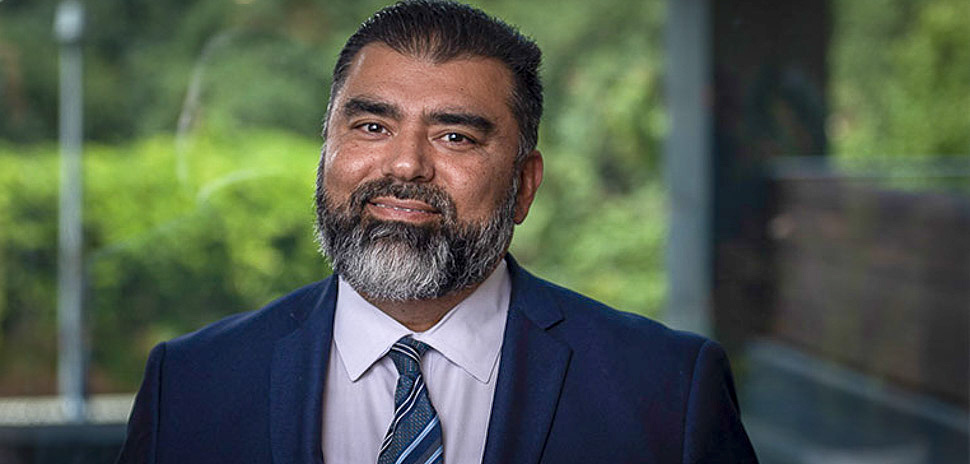
Oswaldo Alavarenga
SAXENA: You’ve got to go out, you’ve got to do sports, but it’s about what is at the core. It’s the weight shift that has happened. We have volunteers in employee research groups called ERGs that work to make [the core] cool and hyperlocal. One of our groups of volunteers went to 60-plus schools this year to teach robotics programming in a two-hour session. It becomes tangible because you’re programming, and you can see the robotic arm move. You’re programming, and you can see one walk.
It closes the loop from ‘This is how you program, this is how the robot moves, and here are the instructions you need to follow,’ all in a matter of two hours in middle school. We can’t just be theoretical and bore the students—to tears. We’ve got to make it multi-dimensional.
DR. STEPHANIE KNIGHT: Interactive.
SAXENA: Yes. Interactive, and make it very real for them.
ALVARENGA: And, make it for all.
HILARY JACKSON: The world around us is rapidly changing with unfathomable technological advancements and, in business, with increasing expectations from customers. Capital One commissioned a survey last year of DFW residents that indicated more than two-thirds plan to pursue tech-related skills, and 53 percent plan to pursue a tech-related career in the next two years. For millennials that increased to 71 percent.
When I was in school, my mom invested in our first computer in 1992. It had 4 MBs of RAM, a CD-Rom (vs. floppy disc), and my mom helped me set up my first email account with Yahoo!—which I still have. Fast forward to today, and technology has changed drastically. But at Capital One, the soft skills like creativity, learning agility, problem-solving, having a growth mindset and an inquisitive attitude are just as important.
More and more technology is being abstracted away from us, and those with big, bold ideas will succeed.
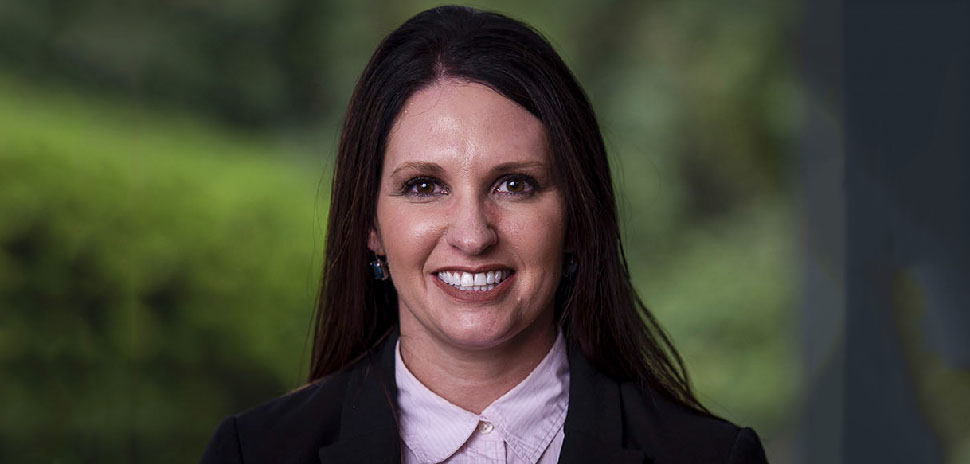
Hilary Jackson
OWUSU: We’ve talked about a call to action. What do you all want people to know, see, or do?
KNIGHT: I think challenging businesses and industry is what I’ve heard here. And it’s what I’ve experienced with our project with Toyota: Don’t just write that check, get involved. There are so many ways that industry can contribute.
DR. KOSHI DHINGRA: Yes. And in terms of industry, sometimes with the very best of intentions, the moment the word “education” is uttered, it’s almost as if the great innovative thinkers kind of think, ‘Oh, it must be this way.’ Because you go back to your own experience, your own history, and everything falls out of that.
Really thinking out of the box is needed. Good things happen in classrooms that begin in communities and connect across communities on a wide scale. It’s not necessarily making “Course X” better. You can make “Course X” better, but you need to understand “Course X” is influenced by a wide range of factors. It’s really about systems thinking: Everything that happens here affects this thing over there.
I think the other call to action is: Let’s have more of these multiple stakeholder meetings where we can really develop a call to action that makes sense. It takes a lot of thought. This is a great beginning, and yet, we’ve just skimmed the surface, right? We can all agree to that.
I’d love to have this conversation keep going in a meaningful way.
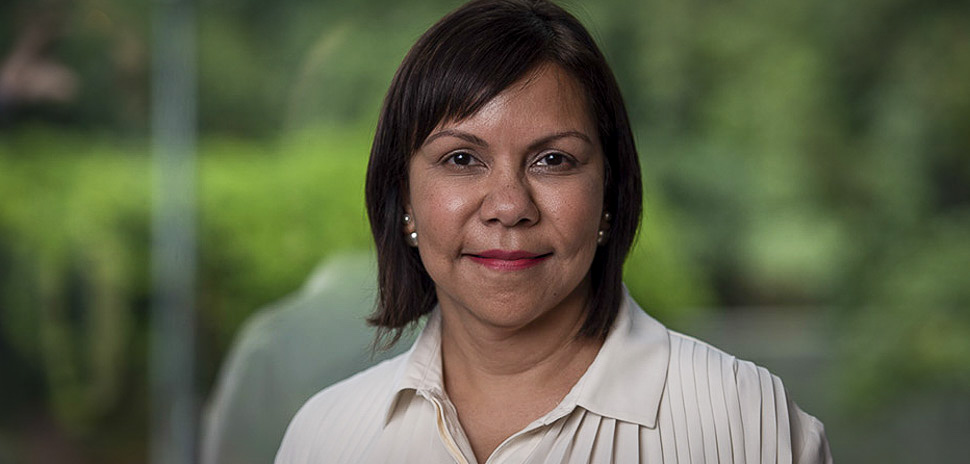
Dr. Koshi Dhingra
Recently, I was heartened because the American Educational Research Association, which is the largest ad research group, introduced its first time theme of “multiple stakeholders involved in research.” In other words, going beyond academia in research. That’s important because, through research, we can innovate.
SAXENA: There’s a lot of goodness happening, and let’s not look past that. We should highlight that. We need to build a high-level, good enough structure, and continue to shore up the framework. We need a framework that’s it’s loose enough to be flexible. To make it too precise, it’s going to get too restrictive. That, we’ll be happy to participate in.
SAMPSON: At United Way Metropolitan Dallas, we’re focused on three key areas: education, financial stability, and health. We are going through our summer of strategic planning and getting ready to launch our next iteration of long-term, ten-year community goals in each of those areas. They’ll be measurable and evaluated on an annual basis.
When we launch the next iteration of those goals in January of 2020, they’ll be a “billboard goal” in education, but underneath that there will be a specific strategy that’s focused on STEM.
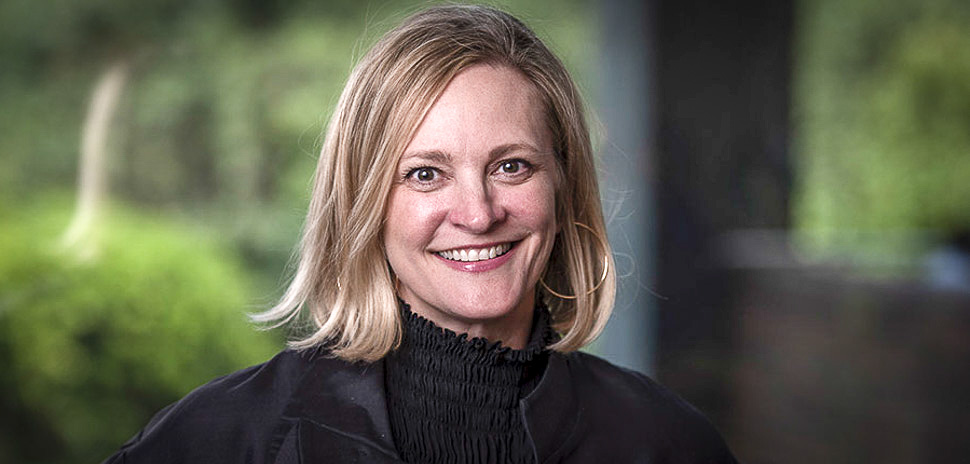
Jennifer Sampson
We need the entire community to raise their hand and sign on to these goals. They are not United Ways’ goals: They’re goals for the community, together, to accomplish. We want to make our region the best place for people to live, work, and raise families, and we want to put opportunity in the hands of all North Texans.
So I invite you all to please join us when that happens in January.
It’s important that the community rallies around this effort. Then, specifically through a collaboration with the Dallas County] Community College District, Big Thought, and Commit, we’re collectively working hard to recruit mentors to the Dallas County Community Promise—the College Promise. We’re asking people to raise their hands and encourage the kids that are going through the program to stay in the program.
There’s a specific focus on STEM, and a specific focus on getting the education that can help students achieve success later in life. We need tons of mentors for that effort. If you are interested, or you know other people who are interested, in becoming a mentor through the Promise—the program is called “To and Through College,” I believe—the first iteration of it anyway.
DR. JASON TREADWAY: Retention is a huge problem. We put in all lot of effort to get kids into STEM, and then, the attrition rate is very high when they get to community college or when they get to a university. Addressing that attrition is another key thing.
We get them there. But then, for whatever reason, they go to something else.
BYRON SANDERS: We’ve talked about many important topics in STEM. But, whatever we do, let’s do those things through a lens of equity. Let’s make sure that we’re very intentional about bringing into the conversation the communities that are usually left out. And whatever we do, let’s do it along with the community, as opposed to kind of “cooking it up,” and then bringing it out. The best of intentions are fantastic, but if we truly embrace these principles on the front end, we’ll position ourselves better for continuity.
That’s how we can help people start to see themselves in the STEM space.
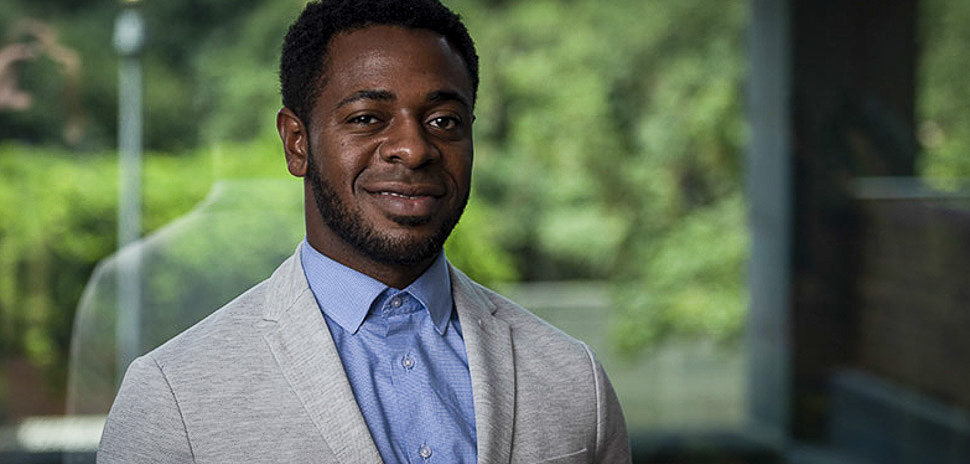
Byron Sanders
DHINGRA: If we know what we want, we can work backwards. So, we can ask, “What do we want?” We want a diverse workforce. We want students who are graduating from DISD and other places with the skills that companies need today—and tomorrow: nimbleness of thought, agility, flexibility, communication skills, as well as conceptual depth.
We want more girls and women involved. We can work backwards and ask, “What does it take?” We can keep working backwards. And we can do it.
In Dallas, the ingredients are here.
SAXENA: On that note, we should be the next Silicon Valley.
SANDERS: That’s right.
SAXENA: By the way, there’s no valley here. It’s all flat, so Silicon Flats. Silicon Plains.
DHINGRA: Silicon Prairie.
SAXENA: There you go. I think the critical mass is here, without a doubt. We have education, corporations, technology—and the will.
ALVARENGA: Yes. I think the pieces are there—the nonprofits, the corporations, the city, and the school district. And we’re in a very good position right now to take advantage. We have 155,000 students. That’s going to be our workforce. They’re doing great. They’re getting a lot of opportunities. But, if we want to be, as you said, the next Silicon Valley, it’s going to take a heavy lift. So yes, we have to be very mindful. We’re in a position to do that.
KNIGHT: And if we focus on research and evaluation, it isn’t just Dallas we impact: It’s beyond Dallas.

Dr. Stephanie Knight
TREADWAY: At DCCCD, we’ve created a website called STEMinsight.org. I invite you all to check it out. One of the main features of the site is introducing students to STEM careers and showing them the minimum education needed to get into an occupation, whether that’s a certification, a certificate, a two-year, a four-year, a master’s, or whatever. It also provides labor market information, and the cool thing about the site is that it’s regional.
We go through our institutional research people to provide that data, so it is unique to our region, and we’re now working on STEMinsight 3.0.
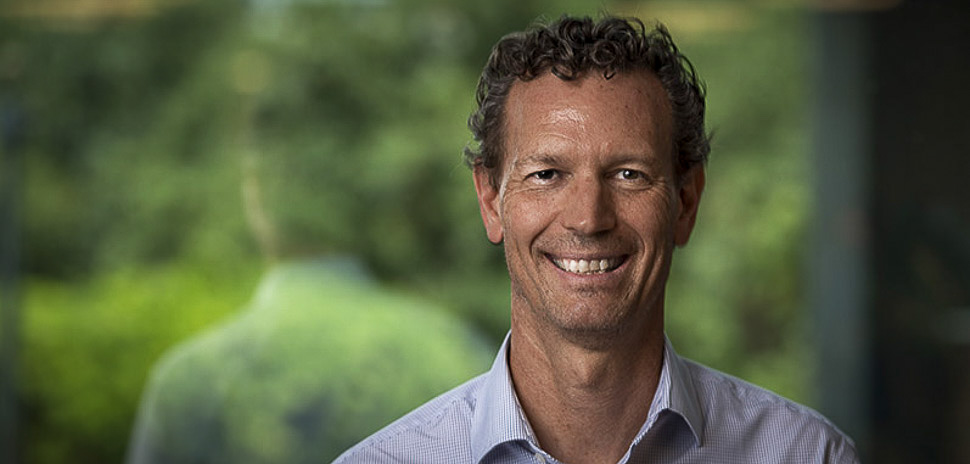
Jason Treadway
JACKSON: A vibrant community is really built from within. It requires an ecosystem of people and businesses coming together to create a positive change: When our communities are stronger, our business is stronger, and it makes a big difference when we can all work together to make a positive impact. Let’s continue working together to elevate DFW as a hub for innovation and technology, to get the next generation future-ready and to attract world-class talent here.
OWUSU: Thank you all. This was important. Hopefully it’s the start of a longer dialogue and conversation, and hopefully, we’re all beginning to push this boulder up the hill, together.
This panel has been edited for brevity and clarity.
READ NEXT
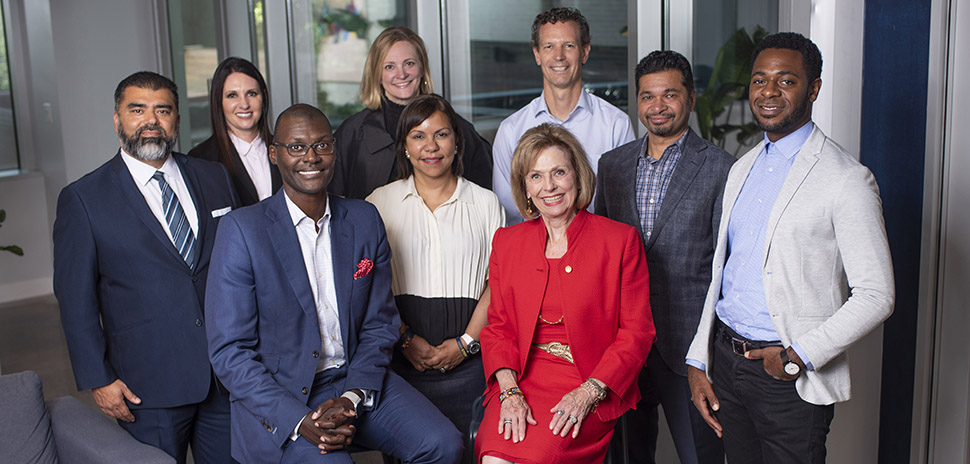
[Photo: Michael Samples]
STEM, STEAM, STREAM: North Texas Experts Discuss Why Education Matters to Business
In this three-part series, experts talk about the state of STEM, STEAM, and STREAM education in Dallas-Fort Worth—and what it means to our future workforce.
In Part One, these leaders tackle how to define STEM and also identify opportunities to come together to fuel the talent pipeline.
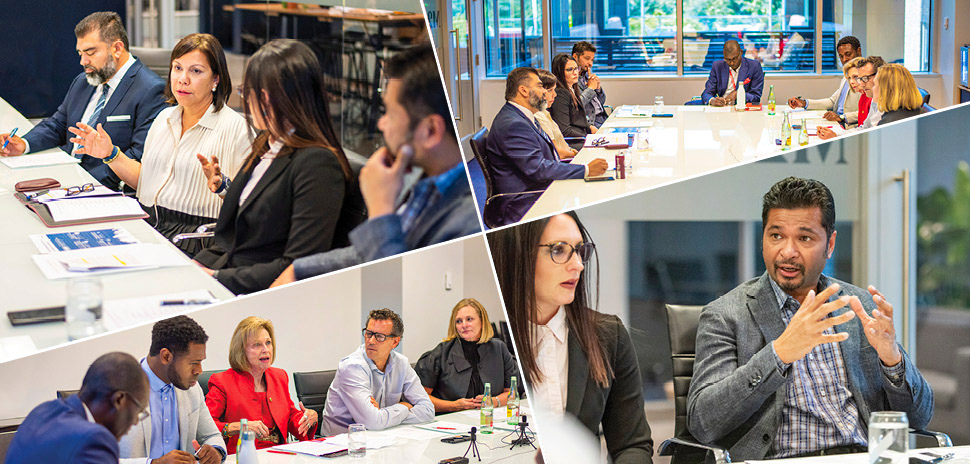
STEM, STEAM, STREAM: ‘The World Doesn’t Work Without Technology Anymore, Nothing Does.’
STEM is cool, our experts agree. And it’s important. The challenge is translating that to students.
Part Two of our series explores the state of STEM, STEAM, and STREAM education in Dallas-Fort Worth and the actions we need to take.

